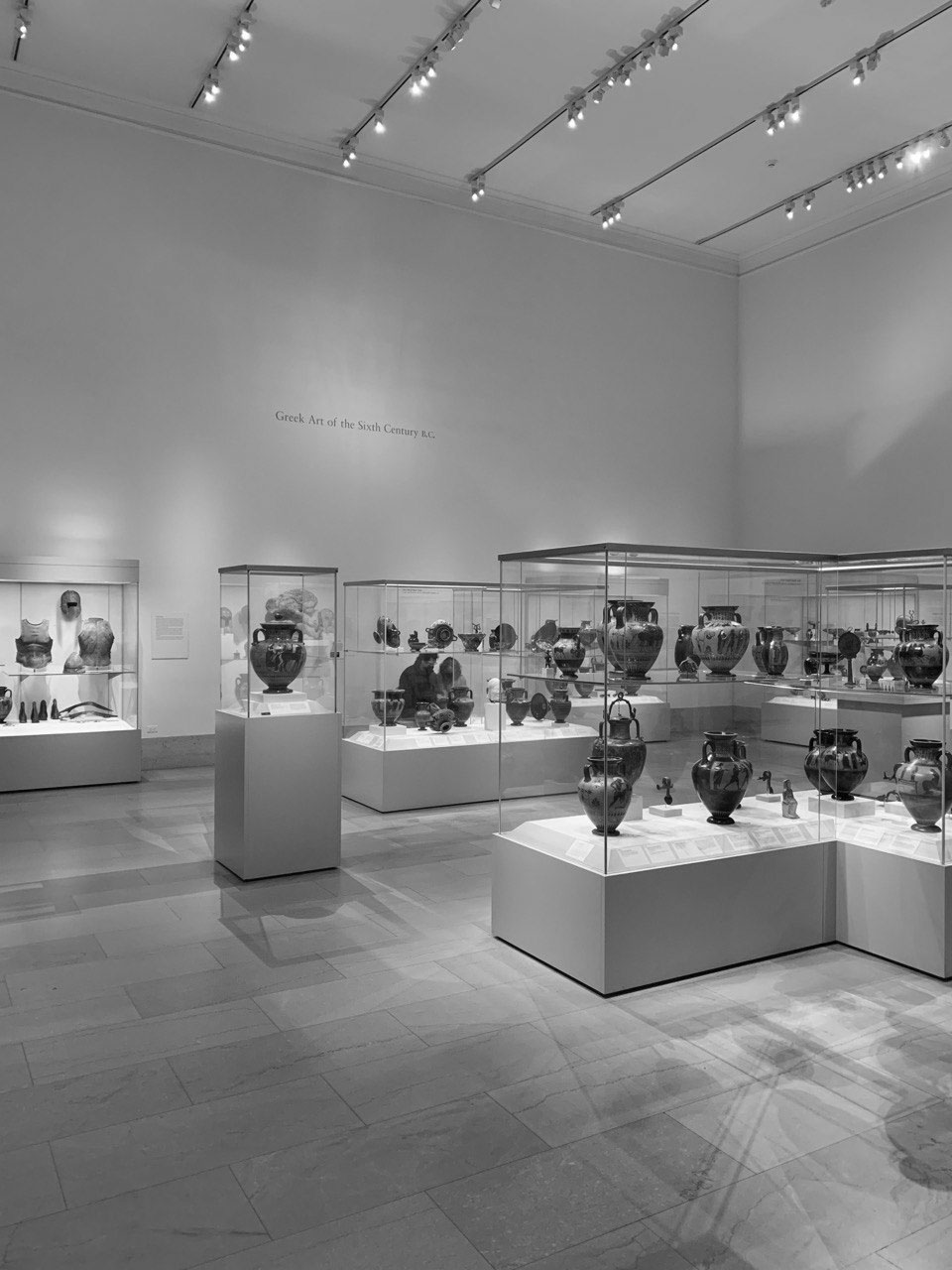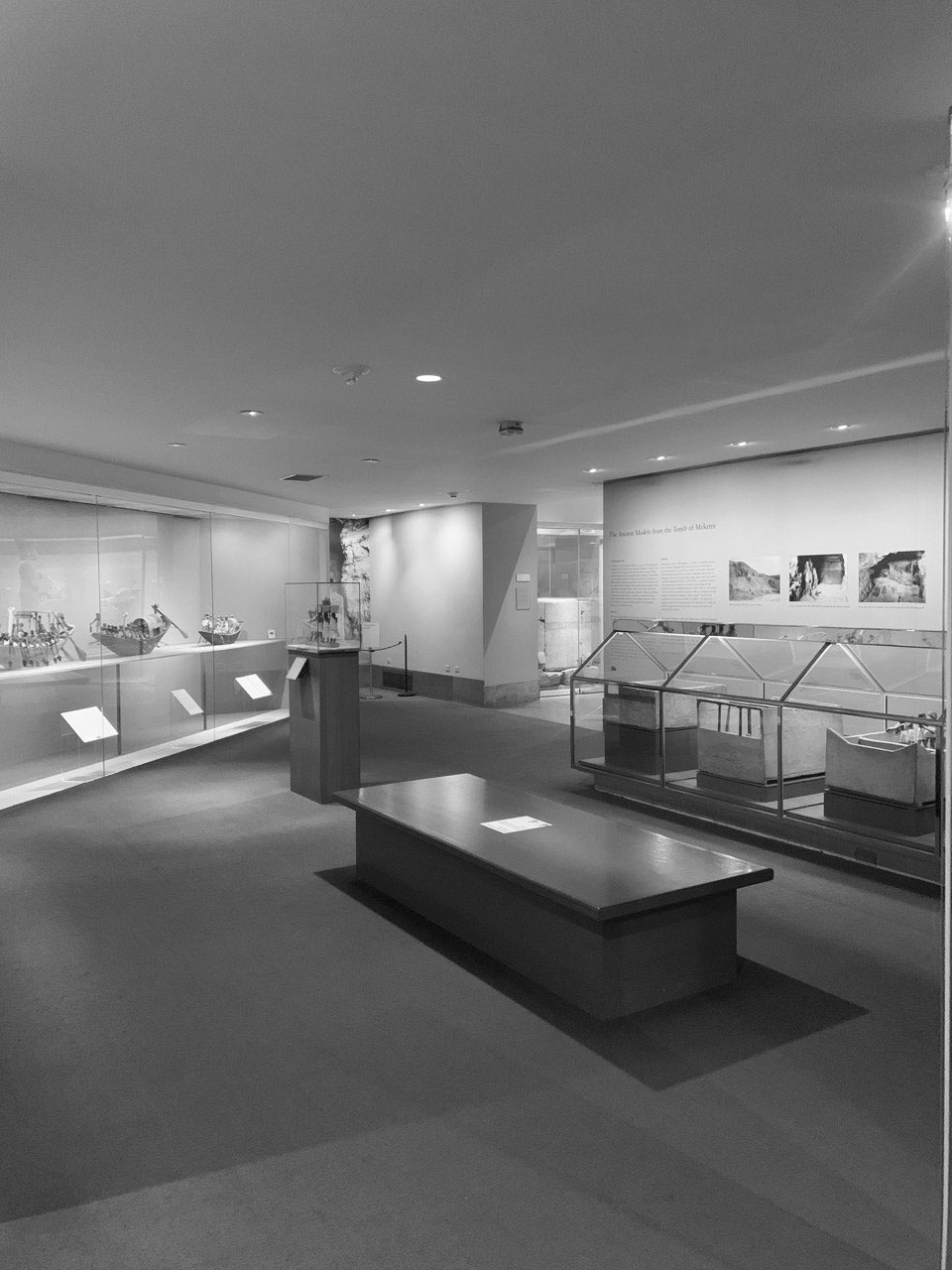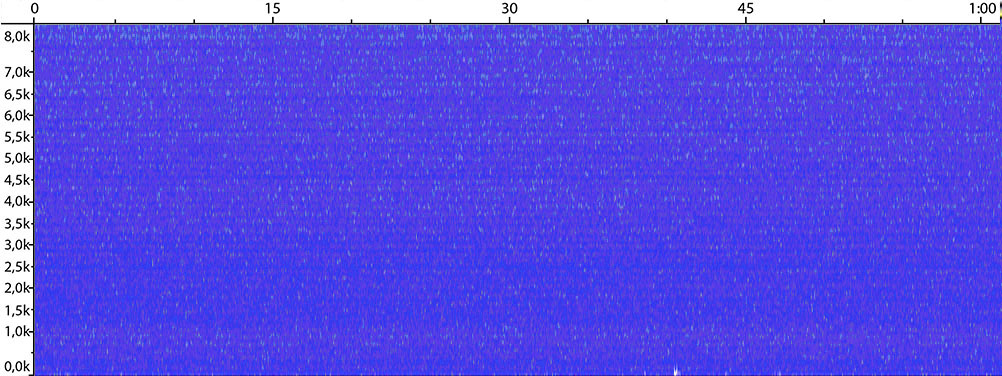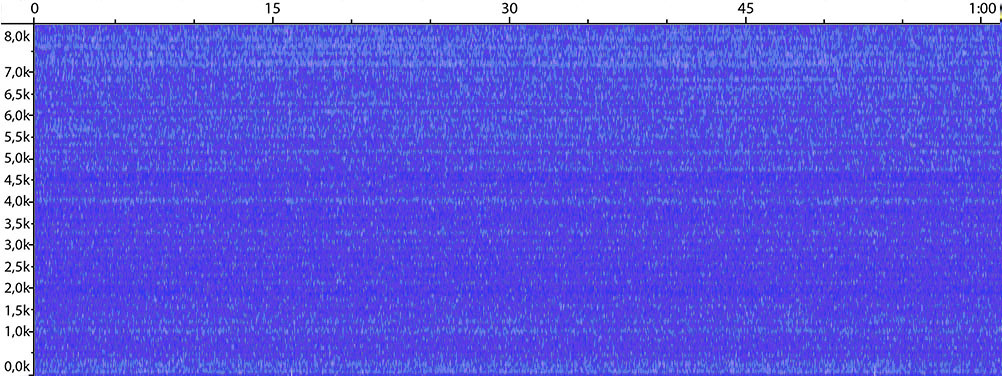


AVERTISSEMENT
This research is an exploration of multiple concepts related to sounds. We believe that the perception of an architecture is constructed through the diversity of sensory perceptions. Thus the synthesis between the art of space and the art of time simultaneously informs us about the nature of a place and its use value, its destination.
We will try to understand this "sound character" and how it is intimately linked to the geometric and material properties of a space. We are convinced of the potential of sound as a material capable of helping in the design of an architecture rich in meaning.
Our goal: to broaden our field of investigation as an architect and artist and to lay the foundations, admittedly incomplete but necessary, for the idea of initiating a collective reflection on sound matter.
This fragmentary collection deals with 9 subjects: sound matter, space, variability, emancipation, silence, ambient, sensoriality, sound volume, wandering, etc. An account of the potentialities expresses the different concrete experiments.
EXPERIMENTATIONS
1
In this experiment in the MET Museum in New York, we observe how spatiality and materiality act on the sound of space. The sound chosen to conduct the experiment is the ambient sound of the museum. In general, we always try to reduce the echo by a low reverberation time in order to guarantee the intelligibility of the direct sound. However, in a museum, diffuse sound seems to bring an additional sound quality. As it is not a space for conversation, but a place linked to what we see or feel, diffuse sound allows to create an atmosphere. The echoes diffuse the noises over time and each of these noises is drowned in the others. This creates a kind of continuous white noise, a diffuse sound cloud in all the space that accompanies and rocks us along our journey. In this case, noise is not a nuisance and even becomes beneficial to the experience.






2
This experiment is based around the work premises and is a research related to acoustics. These spaces, coming from the same room, all have the same ceiling height. This makes it possible to analyze them in a two-dimensional way, since all the resonance modes on the Z axis are similar. The sound to conduct the experiment is white noise that covers all frequencies and is constant. The sound receiver has been placed 2m50 from the source in order to create similar conditions of sound recording in each space. We can see the acoustic variations that depend on the materials and the surface of the space.
The clean sound of a space should no longer be a sound that we discover afterwards or a problem that we experience. We should make this reflection part of the creative process to ensure a meaningful experience for all users.
The clean sound of a space should no longer be a sound that we discover afterwards or a problem that we experience. We should make this reflection part of the creative process to ensure a meaningful experience for all users.








